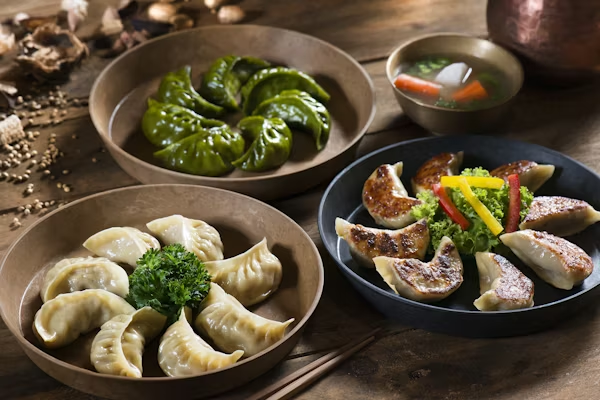Kathmandu is a megacity where tradition and festivity come alive in every road and corner. The Kathmandu Jatra represent the soul of this ancient vale. These carnivals aren’t just events they are stories passed through generations. Locals celebrate with music, cotillion , and spiritual rituals. The excitement fills the air as vibrant processions move through the old city. These traditional carnivals in Kathmandu are deeply tied to religion, identity, and community pride. Callers from around the world gather to witness this magical display of faith and color. Every Jatra reflects a piece of Nepali Jatra traditions.

Each Jatra of Kathmandu is unique and tells a different story about gods, legends, and the people who keep them alive. From the potent chariot pulls to sacred mask balls, the energy no way fades. These carnivals are deeply embedded in the artistic preservation in Kathmandu. People prepare for days, weaving meaning into every detail. You can see the concinnity in how locals work together during the Jatras. The beats of traditional cans echo across tabernacles and alleys. Children, elders, and youth all share with pride. This festivity connects generations in a participated artistic meter.
The Kathmandu jubilee culture thrives because people noway let traditions fade. Each jubilee honors heritage, family values, and spiritual connections. The Cultural Diversity in Kathmandu shines brightest during these Jatras. Hindu and Buddhist customs blend beautifully in these events. Indeed in changing times, the people keep the substance alive. Jatras are further than just carnivals they are living symbols of the megacity’s identity. They’re various, important, and indelible. The energy, devotion, and joy of Kathmandu’s Jatras truly make the megacity feel alive.
Significance of Jatras in Nepal
Jatras hold deep religious and spiritual value across Nepal, especially in Kathmandu Valley. They celebrate gods, seasonal changes, and literal events. Every Jatra strengthens people’s connection with their faith and ancestors. Locals perform rituals with sincerity, believing they bring blessings and protection. These traditions keep ancient beliefs alive in a fast- changing world. The Significance of Jatras in Nepal lies in their power to unite all generations. Young and old walk together, chant together, and celebrate their participated identity. The joy and devotion set up in each Jatra can not be measured.
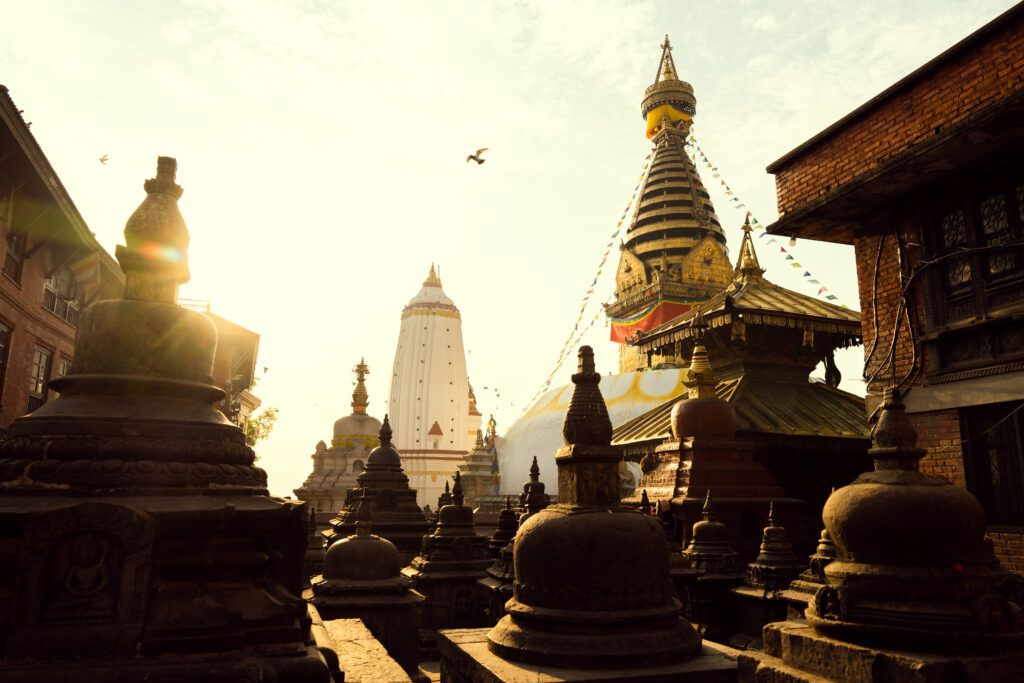
These carnivals are also vital for community cling and cooperation. Planning and organizing a Jatra takes cooperation and concinnity. Original groups work together for weeks to prepare every detail. They make chariots, rehearse balls, and gather ritual particulars. This process builds trust and pride among neighborhoods. People forget their differences during these fests. They stand together in devotion and festivity. That concinnity adds emotional depth to the Kathmandu jubilee culture.
Jatras also help cover and promote Nepal’s unique artistic identity. Excursionists and locals both substantiation the rich traditions during each jubilee. This boosts artistic tourism and respect for heritage. The Jatras of Kathmandu show how art, music, and religion can blend into living culture. Players pass chops to new generations during each event. That keeps old knowledge alive and applicable. These carnivals inspire pride in Nepali roots. Without Jatras, Nepal would lose a vital part of its artistic soul.
Cultural Diversity in Nepal
Nepal is a small country with massive artistic uproariousness and diversity. Over 125 ethnical groups live in harmony across the country. Each group speaks its own language and follows unique customs. The major races include Newar, Tharu, Gurung, Magar, Rai, Limbu, and Sherpa. Every group contributes to Nepal’s artistic identity through food, dress, carnivals, and music. This mix of traditions creates a beautiful and complex public culture. Despite differences, people partake respect and concinnity. The country’s diversity is its topmost artistic strength.
Cultural Diversity in Kathmandu
The Cultural Diversity in Kathmandu reflects the entire nation’s variety. Kathmandu Valley is home to Hindus, Buddhists, Christians, and Muslims. Newars are the indigenous group of the vale, with rich traditions. They celebrate numerous Jatras and save art, armature, and rituals. Tamangs, Brahmins, Chettris, and other groups also call the vale home. Each community follows its own carnivals and practices with equal devotion. You can see tabernacles, cloisters, and kirks in the same neighborhoods. This peaceful blend of beliefs defines Kathmandu’s artistic heart.
Cultures in Mountains
In the mountains, Sherpa and Tibetan communities celebrate Buddhist carnivals and rituals. They live in regions like Solukhumbu and Mustang. Their culture revolves around cloisters, prayer flags, and mountain gods. In the hills, Gurungs and Magars maintain legionnaire traditions and celebrate balls like Ghatu and Sorathi. In the Terai region, Tharu people recognize nature and celebrate various carnivals like Maghi. Muslims and Madhesi communities add diversity with their own customs and languages. Every region keeps its own identity while esteeming others. This indigenous culture makes Nepal rich and vibrant.

Nepal’s artistic diversity also shapes diurnal life and public pride. Original requests vend food and apparel from every group. seminaries educate in different languages, promoting addition and heritage. Artistic programs feature songs, balls, and runes from every background. The government supports carnivals and leaves of all major communities. Indeed during public events, ethnical groups wear their traditional clothes with pride. Traditional carnivals in Kathmandu frequently represent this public blend. Jatras, New Year carnivals, and crop rituals each reflect participated values. Nepal celebrates concinnity through its beautiful artistic diversity.
Vibrant Jatras of Kathmandu
Kathmandu hosts many vibrant Jatras that reflect the city’s deep-rooted cultural and religious heritage. These festivals bring locals together in colorful and spiritual celebrations. Each Jatra holds unique meaning, tied to gods, legends, and seasonal cycles. The Jatras of Kathmandu showcase unity, tradition, and living history through music, dance, and rituals. Let’s explore seven of the most iconic Jatras celebrated in the Kathmandu Valley.
1. Indra Jatra : Kathmandu Jatra
Indra Jatra is one of the biggest and oldest Jatras of Kathmandu. It honors Indra, the god of rain and king of heaven in Hindu tradition. This grand jubilee starts in September and lasts for eight instigative days. It substantially takes place in Kathmandu Durbar Square, attracting thousands of callers and locals. The Newar community organizes most rituals, but people from all backgrounds join in festivity. The jubilee marks the end of the thunderstorm and prays for a good crop. Traditional balls, rituals, and music produce a magical atmosphere throughout the megacity. The festivity shows the strong Kathmandu jubilee culture.
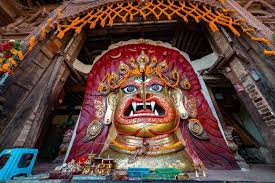
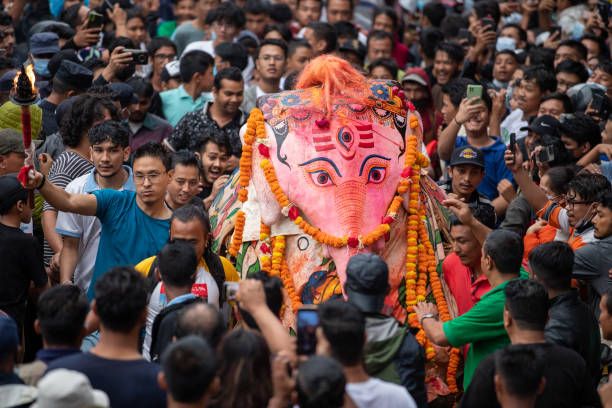
The highlight of Indra Jatra is the Kumari Rath Yatra — the chariot procession of the living goddess Kumari. Addicts pull the rustic chariot through old Kathmandu thoroughfares with great devotion. Near, players cotillion in various masks as Lakhe, Pulukisi, and Mahakali. These masked balls tell ancient stories and cover the community from wrong. People light adulation lights and offer flowers and food to divinities. The royal family also participates in some corridor of the Jatra. It unites religion, history, and public joy in one grand event. This reflects the significance of Jatras in Nepalese society.
Indra Jatra has deep roots in both Hindu and Buddhist traditions. King Gunakamadeva started it over a thousand times ago to recognize Indra and original divinities. The Jatra also remembers the departed with sanctuaries called “ Yosin ” or “ Linga. ” Communities believe these rituals help spirits reach heaven peacefully. This spiritual side brings calm and meaning to the festivity. Indra Jatra remains a vital part of Cultural preservation in Kathmandu. It links the history with the present and teaches youngish generations about faith and identity. Through music, prayer, and devotion, Indra Jatra continues to inspire and unite Kathmandu.
2. Biska Jatra : Kathmandu Jatra
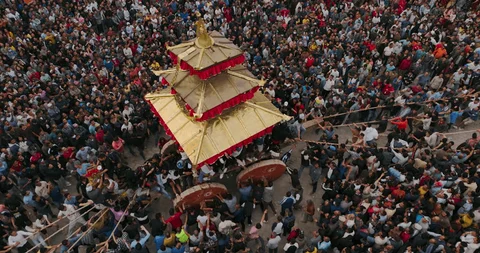
Biska Jatra is a major New Year festivity in Bhaktapur, near Kathmandu. This jubilee takes place every April and lasts around nine days. It marks the palm of good over wrong and welcomes the Nepali New Year. The center of the festivity is the massive chariot of Bhairab, the fearsome deity. People pull this chariot through the thoroughfares in a thrilling haul- of- war. Two sides of city contend fiercely, turning the event into a important artistic showdown. The jubilee shows the pride and energy of Kathmandu road fests. It also reflects the rich traditions of the Newar community.
Thousands of people gather to see the chariot battles and ritual events. Families prepare feasts and share traditional dishes during the jubilee. Locals also erect a altitudinous conventional pole, called the Yosin, in the city forecourt. This pole represents power, creation, and godly energy. After a many days, they pull it down, emblematizing the cycle of destruction and revitalization. hop and musicians fill the thoroughfares, adding meter and joy to the jubilee. Children wear artistic outfits and join their elders in rituals. The community comes alive with joy, concinnity, and tradition during this traditional jubilee in Kathmandu vale.
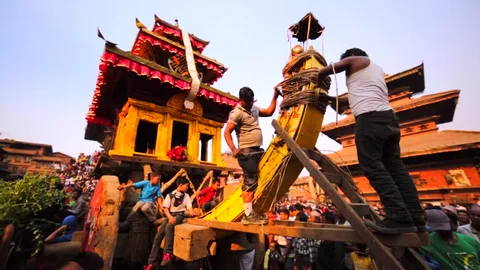
Biska Jatra blends liar, frippery, and worship beautifully. People believe the jubilee began after a demon was defeated by the gods. Since also, locals celebrate the palm every time through these emblematic rituals. It teaches courage, respect, and artistic pride to youngish generations. The Jatra also brings spiritual sanctification and community strength. Biska Jatra helps continue the Nepali Jatra traditions with honor and joy. Callers witness deep artistic absorption and feel the twinkle of Bhaktapur. Through this, Nepal keeps its heritage vibrant and alive.
3. Gai Jatra : Kathmandu Jatra
Gai Jatra, also called the “ Cow Festival, ” honors those who passed away during the time. This Jatra takes place in August and is celebrated substantially in Kathmandu and near municipalities. Families who lost loved bones join the procession to help souls reach peace. People dress up in various costumes and wear masks to lighten the mood. The cow, seen as a sacred beast, symbolizes guidance for departed spirits. Street processions feature music, humor, and lampoon to cheer everyone up. This jubilee shows how Kathmandu jubilee culture blends grief with joy. It brings the community closer through participated remembrance and horselaugh.
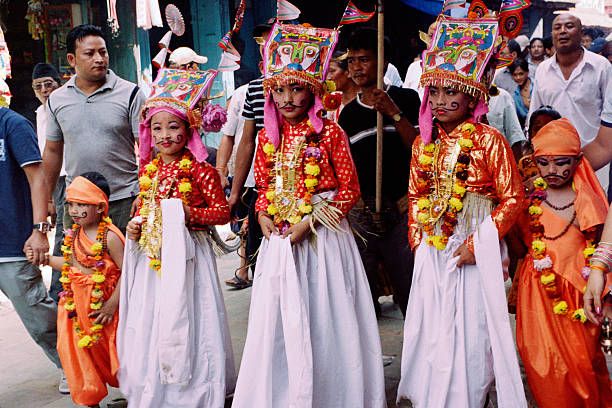
The Origin of Gai Jatra
The origin of Gai Jatra dates back to King Pratap Malla’s time in the 17th century. He started it to ease the grief of his queen after losing their son. Since also, the jubilee came a way to manage with loss and celebrate life. People produce cow- shaped decorations and lead decorated cows or children dressed as cows through the thoroughfares. Humor and lampoon play a big part as players mock social issues and politics. This keeps the tradition lively and applicable. The event lasts several days, with colorful communities adding their own unique traces. Gai Jatra also encourages kindness and acceptance during tough times. It teaches that horselaugh can heal pain and unite people.
During Gai Jatra, families visit tabernacles to supplicate for departed souls’ peace. Children carry lanterns and cortege through neighborhoods at night. The jubilee’s joyful spirit lifts the community’s mood during a sad time. Traditional songs and balls punctuate the festivity’s artistic uproariousness. The Jatra promotes mending and respect for life and death. Everyone, including excursionists, feels ate to join and learn about these customs. Gai Jatra is a perfect illustration of how Artistic preservation in Kathmandu thrives through carnivals. It teaches deep assignments while celebrating with fun and creativity.
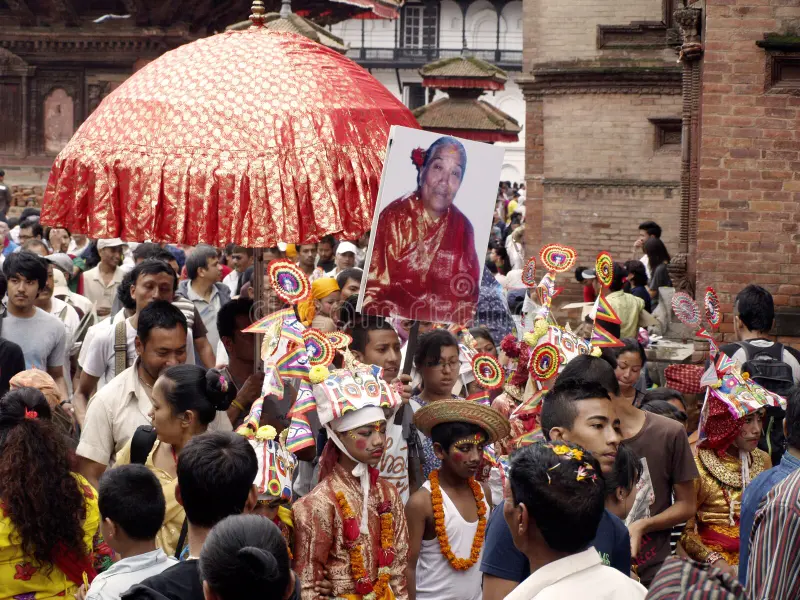
4. Machhendranath Jatra : Kathmandu Jatra
Machhendranath Jatra is one of the longest and most important carnivals in Kathmandu Valley. It honors Lord Machhendranath, the rain god and protection of the vale. This Jatra generally happens every 12 to 13 times, lasting over a month. People believe the jubilee brings good crop and peace to the community. The highlight is the chariot procession that moves through several municipalities. Locals pull the huge rustic chariot while singing and dancing joyfully. This jubilee involves numerous rituals, performances, and community gatherings. It shows the strong connection between nature, religion, and society.
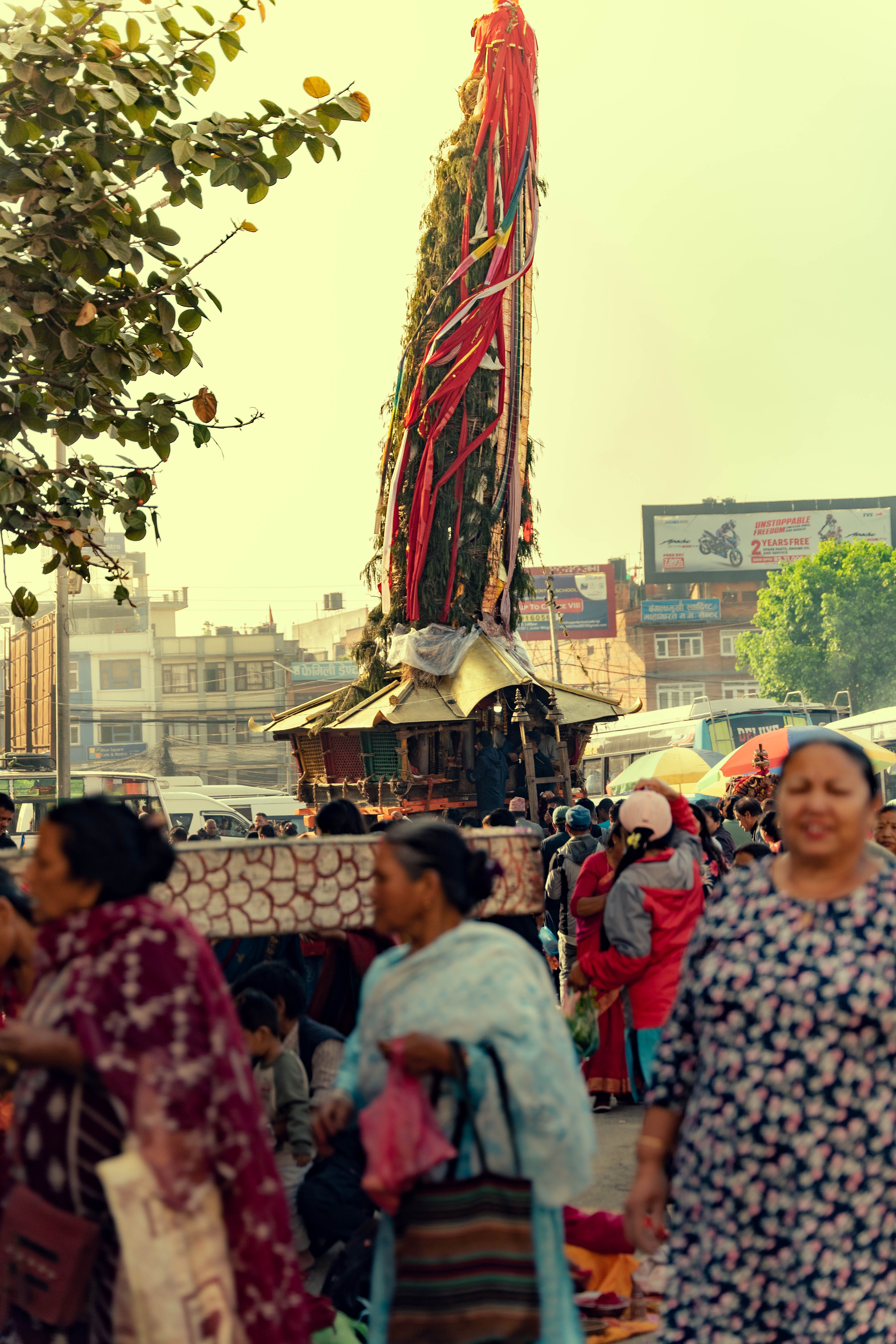
The jubilee’s origin links to ancient legends where Lord Machhendranath saved the vale from failure. People erected tabernacles and started the Jatra to recognize and thank him. During the jubilee, preachers perform sacred rituals to bless the people and land. The chariot’s trip covers numerous stops, allowing different communities to share. Each city decorates the route with flowers, flags, and lights. People wear traditional clothes and offer prayers at each stop. This event strengthens faith and collaborative bonds across Kathmandu Valley. It represents the heart of the Kathmandu jubilee culture.
Machhendranath Jatra also promotes original trades and crafts through expositions and performances. Musicians, hop, and mask players keep artistic traditions alive. seminaries and families educate youngish generations the jubilee’s significance. The Jatra attracts numerous excursionists eager to witness authentic Nepalese culture. It highlights how Jatras of Kathmandu cover artistic identity in changing times. The jubilee combines devotion, joy, and community pride in one grand festivity. Through this event, Kathmandu preserves its ancient spiritual heritage beautifully. It remains a vital part of Nepal’s artistic life.
5. Bunga Dyah Jatra : Kathmandu Jatra
Bunga Dyah Jatra is the chariot jubilee devoted to the rain god Bunga Dyah, also known as Rato Machhendranath. This Jatra happens every time in Lalitpur( Patan) and lasts over a month. Locals pull the beautifully decorated chariot through the megacity thoroughfares with great devotion. The jubilee marks gratefulness for a good crop and prayers for rain. It strengthens community spirit as neighbors unite in festivity and medication. People sing traditional songs and perform sacred rituals throughout the procession. This jubilee highlights Cultural preservation in Kathmandu through generations. It also boosts original pride and artistic identity.
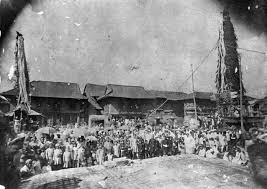
The origin of Bunga Dyah Jatra goes back centuries, linked to ancient water and husbandry rituals. growers believe the jubilee ensures fertility of the land and balanced rainfall. The chariot’s trip follows a detailed route, passing important tabernacles and places. Along the way, preachers bless homes, fields, and townies to invite substance. Artisans embellish the chariot with red cloth, flowers, and intricate wood busts. The lively atmosphere includes drummers, hop, and masked players. People wear their traditional clothes and eagerly share in every event. This jubilee beautifully blends devotion, culture, and collaborative harmony.
During Bunga Dyah Jatra, families gather to cook special refections and partake them with neighbors. Children join in with various costumes and joyous balls. The jubilee encourages respect for nature and ancestral beliefs. It attracts both locals and excursionists who wish to witness authentic Newar culture. The month-long festivity keeps old customs alive and applicable. It reminds everyone of their connection to the land and each other. Bunga Dyah Jatra is a important illustration of how the Jatras of Kathmandu sustain artistic roots. It inspires pride and concinnity in Lalitpur’s community.
6. Seto Machhendranath Jatra : : Kathmandu Jatra
Seto Machhendranath Jatra is a sacred jubilee devoted to the white Machhendranath, the god of compassion and rain. This Jatra happens in Kathmandu and occurs every 12 to 14 times, lasting about three months. People pull the large rustic chariot through the megacity thoroughfares, stopping at important sanctuaries. Addicts believe this jubilee brings peace, good health, and timely rain to the vale. The chariot procession involves hundreds of levies and attracts numerous observers. Traditional music and balls accompany the trip, creating a spiritual and gleeful mood. This jubilee shows the deep Kathmandu jubilee culture and people’s faith. It brings together communities in joyful deification.
The origin of Seto Machhendranath Jatra is connected to ancient legends of rain gods guarding the vale. People erected tabernacles and started the Jatra to recognize the god’s blessings. The procession covers crucial religious spots, where preachers perform rituals and offer prayers. The chariot’s design reflects intricate artificer and artistic symbolism. Along the route, locals drink the procession with flowers, lights, and songs. This Jatra emphasizes the harmony between humans, gods, and nature. The long duration allows numerous communities to share completely. The event strengthens original faith and artistic heritage.
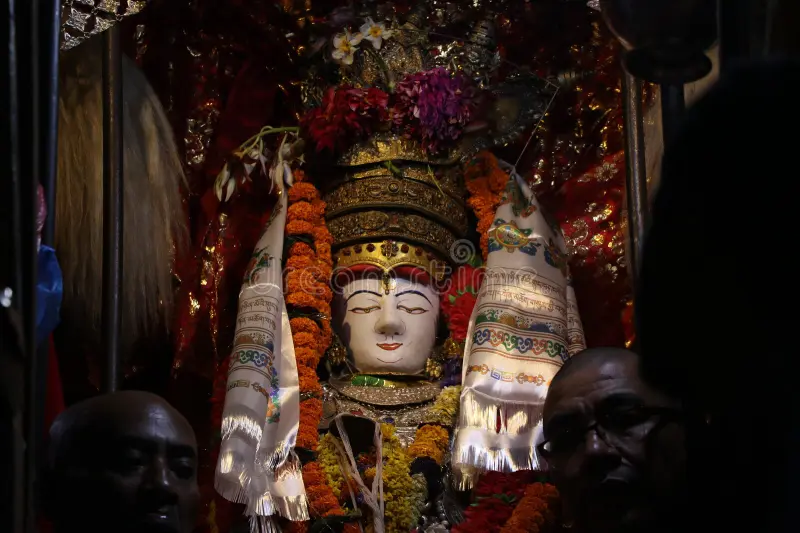
Seto Machhendranath Jatra also supports traditional trades and crafts through expositions and performances. Masked hop and musicians perform ancient rituals to recognize the deity. seminaries educate children the jubilee’s history and significance for artistic identity. Excursionists come to substantiation this spectacular event and learn about Nepal’s spiritual uproariousness. The Jatra highlights how Cultural preservation in Kathmandu happens through active fests. It connects the history with the present through devotion and community pride. Seto Machhendranath Jatra remains a vibrant part of Kathmandu’s religious timetable. It inspires concinnity, joy, and respect for tradition.
7. Janai Purnima : Kathmandu Jatra
Janai Purnima Jatra is a traditional jubilee celebrated on the full moon day of the Nepali month of Shrawan( July/ August). This jubilee honors the sacred thread( Janai) worn by Hindu men and marks religious sanctification. In Kathmandu, people perform special rituals at tabernacles and holy gutters during Janai Purnima. The jubilee also includes processions and artistic performances in numerous neighborhoods. Addicts bathe in gutters to cleanse their sins and renew spiritual strength. The significance of Jatras in Nepalese society shines through this simple but meaningful festivity. Families gather to bless youthful men and encourage good conduct. It also promotes community harmony and participated values.
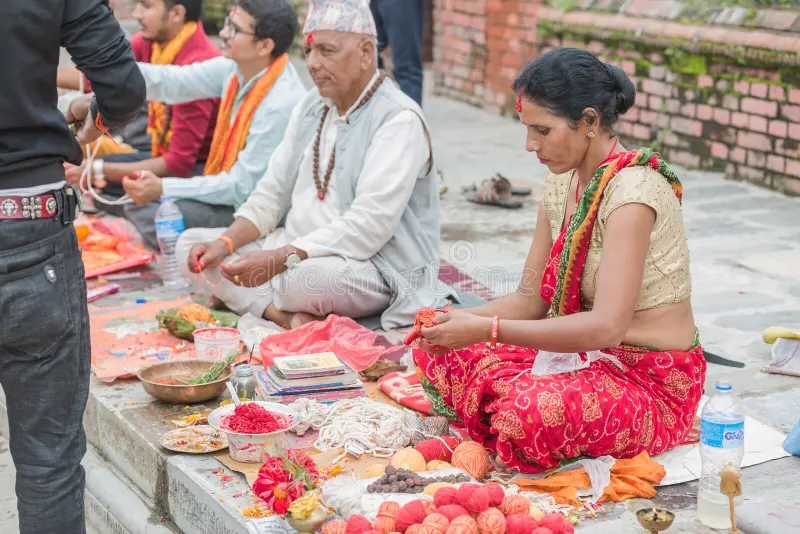
Janai Purnima has deep roots in Hindu tradition and tradition. It’s believed that the gods specified this ritual for sanctification and spiritual growth. The sacred thread symbolizes protection and commitment to religious duties. On this day, preachers tie new vestments on men’s wrists or shoulders in observances. People visit tabernacles like Pashupatinath to seek blessings and guidance. The jubilee brings a peaceful and reflective mood to Kathmandu’s busy life. It encourages respect for faith, family, and artistic heritage. Janai Purnima connects ultramodern life with ancient rituals in a meaningful way.
During Janai Purnima Jatra, locals also organize folk music, balls, and community feasts. The fests include liar and artistic programs for all periods. This jubilee helps youngish generations understand their artistic identity and religious values. Callers appreciate the warm hospitality and spiritual atmosphere during the event. Janai Purnima Jatra is a quiet yet important memorial of Nepal’s rich traditions. It highlights how Traditional carnivals in Kathmandu sustain artistic durability. The jubilee strengthens faith and social bonds throughout the vale. It truly reflects Kathmandu’s deep respect for its heritage.
Conclusion : Kathmandu Jatra
Kathmandu’s Jatras keep the city’s culture alive and vibrant every year. People from all walks of life join these celebrations. The festivals unite communities through music, dance, and colorful rituals. Each Jatra tells a story of history and faith. Locals proudly pass these traditions to younger generations. Visitors also feel the warmth and spirit of Nepalese culture. Together, these festivals create a strong cultural bond for Kathmandu.
These Jatras do more than entertain—they teach respect for heritage and nature. The city’s rich diversity shines in every festival event. Communities work hard to keep traditions fresh and meaningful. Jatras build social unity and promote peace among people. They show how old customs still matter today. By celebrating together, Kathmandu preserves its unique identity. These festivals remind us that culture grows when people actively participate.
